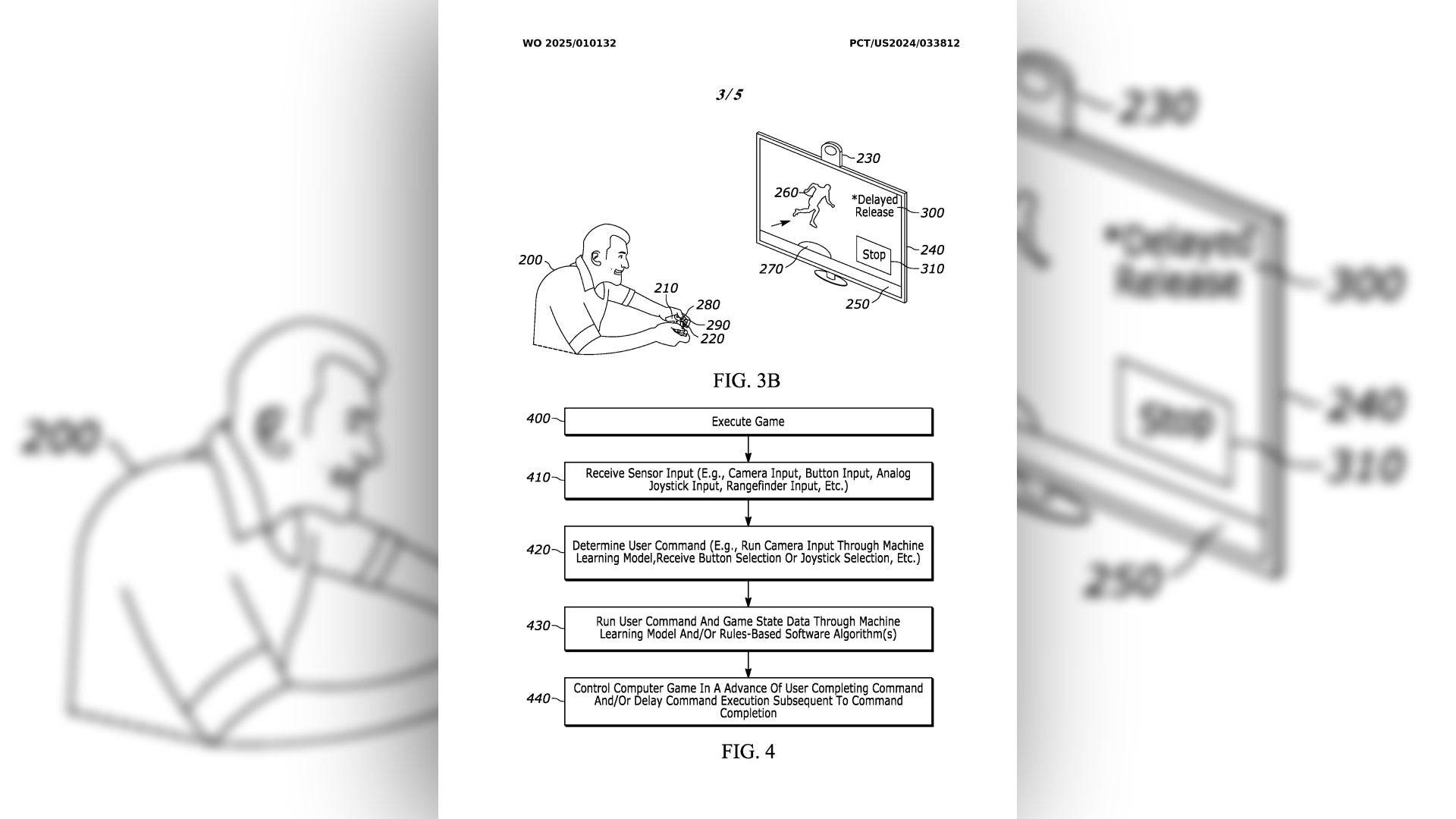Sony's AI Patent: Predicting Button Presses with Finger-Tracking Camera
Sony's latest patent filing, WO2025010132, titled "TIMED INPUT/ACTION RELEASE," aims to revolutionize the gaming experience by significantly reducing latency in future hardware. This innovative approach, first highlighted by Tech4gamers, focuses on streamlining the "timed release of user commands" through predictive technology.
The PlayStation 5 Pro introduced PlayStation Spectral Super Resolution (PSSR), which upscales smaller resolutions to 4K. However, newer graphics technologies like frame generation can introduce additional latency, making games feel less responsive. This issue is not unique to Sony; GPU manufacturers AMD and Nvidia have introduced Radeon Anti-Lag and Nvidia Reflex, respectively, to address similar concerns. Sony's new patent suggests a unique solution to this problem.

Sony's approach involves a machine-learning AI model that predicts the next user input, combined with external sensors. For instance, a camera could be used to monitor the controller, anticipating which button the player is about to press. The patent explains, "In one particular example, the method may include providing camera input as an input to a machine learning (ML) model. The camera input may indicate the first user command."
Additionally, Sony considers using the controller's buttons as sensors, leveraging their experience with analog buttons in past controllers. This could be a feature in a next-generation controller, enhancing the precision and responsiveness of gameplay.
While the exact implementation of this technology in the PlayStation 6 or other future hardware remains uncertain, the patent clearly indicates Sony's commitment to reducing latency. This is particularly important in genres like twitch shooters, where high framerates and low latency are crucial for competitive play. Technologies like FSR 3 and DLSS 3, which add frame latency, make Sony's efforts to maintain responsiveness even more relevant.
In summary, Sony's patent filing showcases a forward-thinking approach to enhancing gaming performance by minimizing latency, potentially setting a new standard for future gaming hardware.

















![Salvation in Nightmare [v0.4.4]](https://imgs.21qcq.com/uploads/36/1719555347667e551321c26.jpg)











